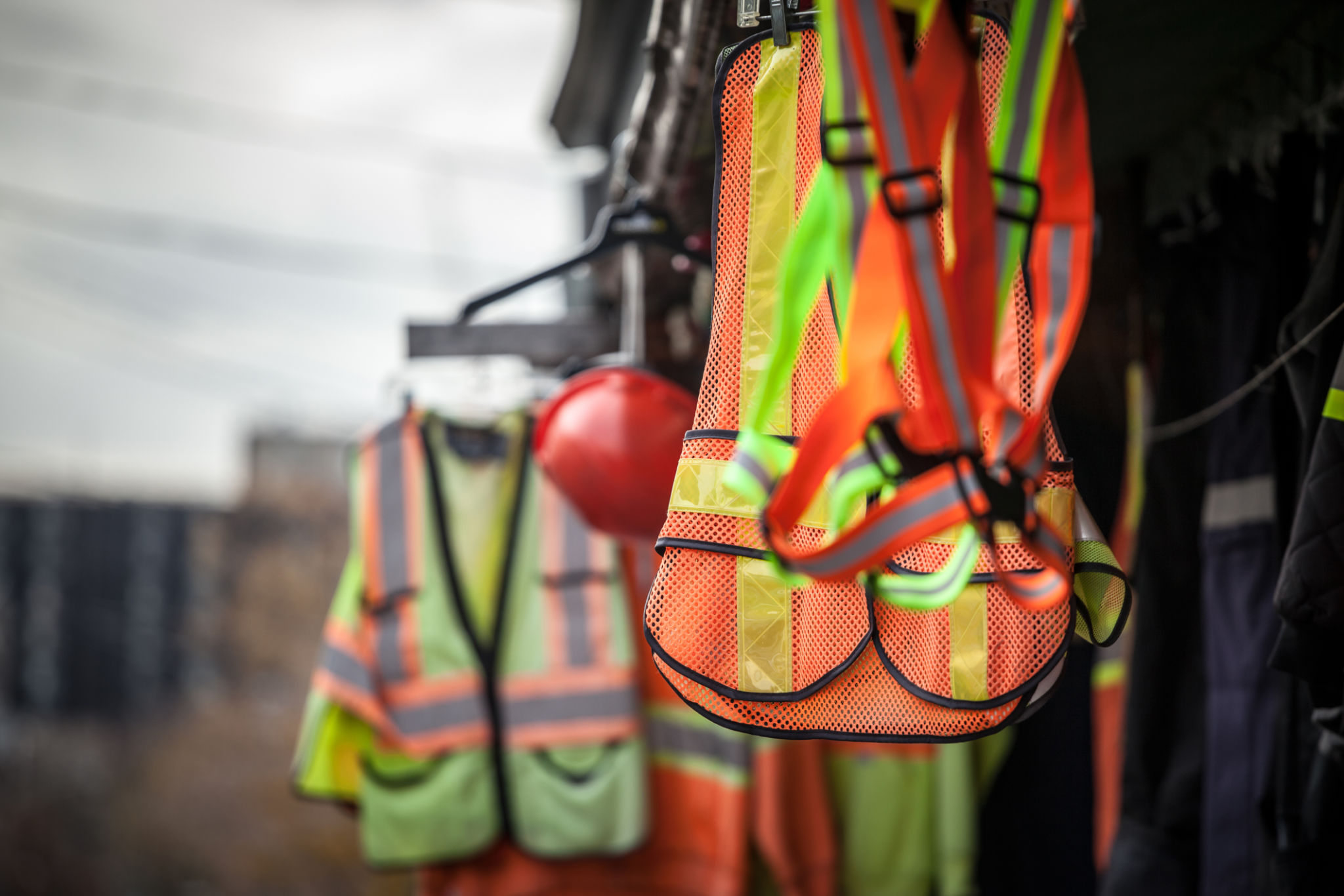Myths About Demolition: Debunking Common Misconceptions
Understanding Demolition: It's Not Just About Destruction
When people hear the word "demolition," the first image that often comes to mind is that of a giant wrecking ball swinging into the side of a building. While it's a dramatic visual, it barely scratches the surface of what demolition truly entails. Many myths surround this crucial part of construction and urban development, and it's time to debunk some of these common misconceptions.

Myth 1: Demolition Is Purely Destructive
One of the most widespread myths is that demolition is all about destruction. In reality, demolition is a highly strategic and methodical process. Professionals in the field must carefully plan each phase to ensure safety and efficiency, often working in tandem with engineers and architects. The goal is not just to tear down, but to clear the way for new beginnings.
Furthermore, demolition often involves salvaging materials. Many companies prioritize recycling and reusing materials, such as metal beams, bricks, and concrete, reducing waste and promoting sustainability.
Myth 2: Demolition Is Unsafe
Another common misconception is that demolition is inherently dangerous. While there are risks involved, as with any construction activity, safety is paramount. Demolition companies adhere to strict regulations and safety standards to protect workers and the surrounding environment. Advanced technology and equipment have increased safety measures, making modern demolition much safer than it once was.

Myth 3: Demolition Is Bad for the Environment
The idea that demolition harms the environment is another myth that needs debunking. Many demolition projects today are executed with sustainability in mind. Through deconstruction and recycling practices, demolition can significantly reduce the environmental impact by minimizing landfill waste and conserving resources.
For instance, salvaged materials can be repurposed for new construction projects, promoting a circular economy within the industry.
Myth 4: Any Building Can Be Demolished Without Consequence
Not all buildings can be demolished without consideration. Some structures hold historical or cultural significance, and their demolition must be carefully evaluated. Preservation efforts often come into play to maintain important architectural heritage. In such cases, selective demolition or partial deconstruction might be employed to preserve key elements of a building.

Myth 5: Demolition Is Quick and Easy
The perception that demolition is a quick and straightforward process is another myth that doesn’t hold up to reality. Demolition requires meticulous planning, coordination, and execution. Factors such as location, building materials, and surrounding infrastructure all play a role in determining the timeline and complexity of a project.
It is a common practice for demolition teams to conduct detailed assessments before any work begins, ensuring that every step is carefully planned out to avoid unforeseen complications.
Conclusion: Demystifying Demolition
The world of demolition is far more complex than it appears at first glance. By understanding the intricacies involved, we can appreciate the skill and precision required in this field. Whether it's through promoting sustainability or preserving historical elements, demolition plays a pivotal role in shaping our modern landscapes responsibly.

